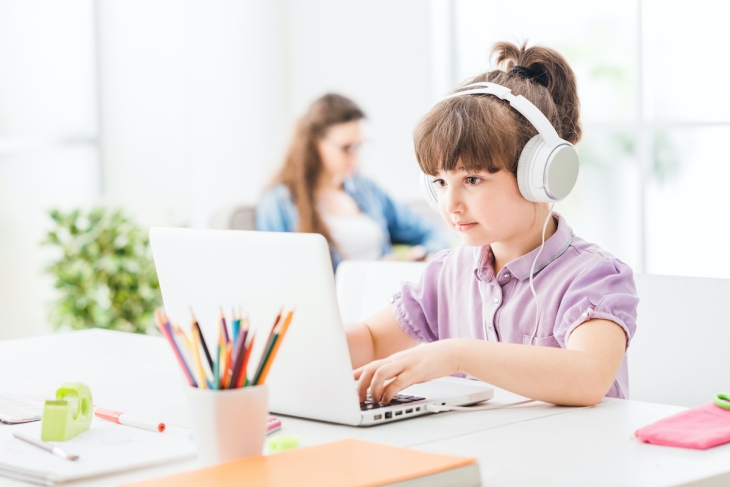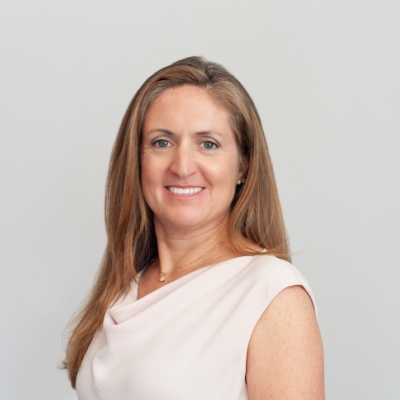Given his track record of studying and analyzing the real world of classroom-based instruction, Doug Lemov may not be the person you’d expect to be paving the way forward on online learning. But if you view Lemov’s work through the lens of the entrepreneurial, “find a way” spirit that sparked the modern education reform movement, it makes a little more sense.
The truth is that, right now, leaders like Lemov and his colleagues at Uncommon Schools and teachers and principals at Achievement First, Success Academies, my own Partnership Schools, and elsewhere are quickly adapting their visions for student support and teacher expectations to meet the challenge of this era of unplanned and unexpected remote learning. And so, as we think about how to minimize the impact of the nationwide school shutdown on our most vulnerable students, we should look to leaders for examples of how to do this well, rather than wish away the reality we are all facing.
Over the past three weeks, the challenges of urban education have grown enormously—more than anyone could have prepared for or predicted in such a short time. Friday, March 13 was the last day of in-person instruction for many of America’s school children. Beginning then, schools were confronted with a problem few thought we’d ever face at scale: how to serve students academically when we can’t actually meet with students in schools.
Yet in public, charter, and Catholic schools around the country, educators are meeting the moment by facing the challenges of distance learning head-on, and sparking what could well become the most fertile period of innovation since the initial education reform movement was started in the classrooms of the 1990s. That is, if we can stay focused and not allow ourselves to become paralyzed by a fear of failure or distracted by calls to shift the conversation away from the learning that could be happening today in order to plan for an unknown reality that will be coming tomorrow.
To be sure, as often happens, the pockets of innovation we are seeing in these early weeks are the exception, not the norm. Many large urban districts have struggled—or even refused—to meet the academic needs of students in this period of remote learning. Some, like the Los Angeles Unified School District, have struggled to connect with thousands of students. Others have adopted a “wait and see” attitude, trickling out a hodgepodge of online resources in the hopes that we’d be able to reopen schools sooner than now seems likely.
Considering the crisis we face—and that we will continue to face in the months ahead—a business-as-usual response is no longer acceptable. Worse, too many skeptics view the lackluster response of some large urban districts as evidence that we simply are not up to the challenge this moment demands. One CNN.com article suggested we simply give up on remote learning and “shut the school year down until it's safe enough to return.”
Of course, it would be foolish to pretend students won’t face very real academic gaps and challenges as a result of this shutdown. And it is important that we think about how we will address those gaps come September. But facing the brutal facts of the moment we are in and planning for the future should not exempt us from making the most of the time we have to serve students today.
To that end, we should do what reform leaders did at the birth of the modern reform movement: look to the “positive outliers” who are defying the odds, and focus not on whether we should set a high bar for driving student learning, but instead on how to clear that bar through innovative and effective teaching.
Fortunately, there are plenty of examples to draw from. Uncommon Schools launched an online learning hub on March 30 “to ensure that students are actively engaging with their academics and continuing to learn new content so that we are all ready to hit the ground running when we are able to join back together as a community.” Success Academies transformed their proven model for in-person learning into a whole new online learning plan that could be used as a model for schools and districts looking to adapt. Doug Lemov and his Teach Like A Champion team have launched a whole new effort focused on studying online classrooms in real time and publishing daily insights about how to adapt TLaC techniques to our new world of remote learning. And Miami-Dade and other public school districts have provided robust distance learning plans that includes online curricula, teacher support, technology device and Wi-Fi access, and supplemental resources for special populations.
But even in schools and networks that lack the infrastructure or the funding large districts and established CMOs enjoy, teachers and leaders are demonstrating remarkable resilience. In Dioceses across the country, independent Catholic schools and Diocesan schools offices have quickly adapted to serve parents, students, and communities. In our small Partnership Schools network, for instance, our little, scrappy team of academic leaders, teachers, and leaders have created daily, curriculum-aligned, and carefully curated resources for every grade level in core content areas, as well as devices for families in need. These resources provide teachers with an adapted curriculum roadmap to guide their learning.
Said more simply: Those working “in the arena” to run great schools and support great teachers are charging full steam ahead to make the most of this period of remote learning. Those who have been quick to dismiss distance learning as “ineffective” are looking in the rearview mirror and imagining a world where past must be prologue, rather than embracing the innovation that this moment may well have sparked.
What’s more, coming to terms with the reality of the coronavirus pandemic means accepting the reality that, in our increasingly connected global economy and society, this may not be a “once-in-a-century” problem, but rather a problem that pops up much more frequently. And the next time it does—whether because of a secondary COVID-19 wave or a new virus—we will wish that we used this time more intentionally to innovate, to learn, and to adapt.
Those of us who have worked in education reform for the past several decades have staked our reputations on the belief that we can and must do whatever we can to serve the students in our classrooms. If we throw our hands up now and hope for a “return to normal”—one that may not come any time soon—we are falling victim to the same soft bigotry of low expectations we once fought so hard against. Instead, we should embrace this unlikely revolution in distance learning, knowing it won’t be perfect, but also that it is the best way we can serve our students today and pave the way forward towards the stronger education system of tomorrow.




